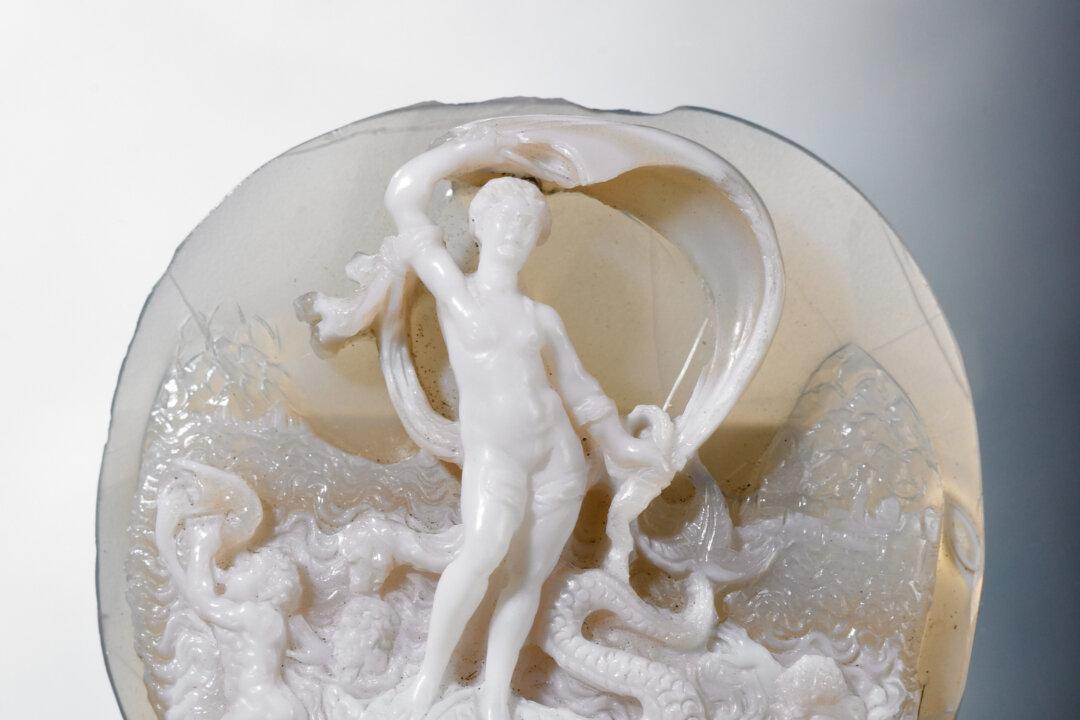As curator of decorative arts at the Holburne Museum in Bath, England, Catrin Jones tells us about the tiny cameo “Venus Rising From the Waves.”

Catrin Jones, curator of decorative arts at the Holburne Museum in Bath, England. Holburne Museum /Evoke Pictures






